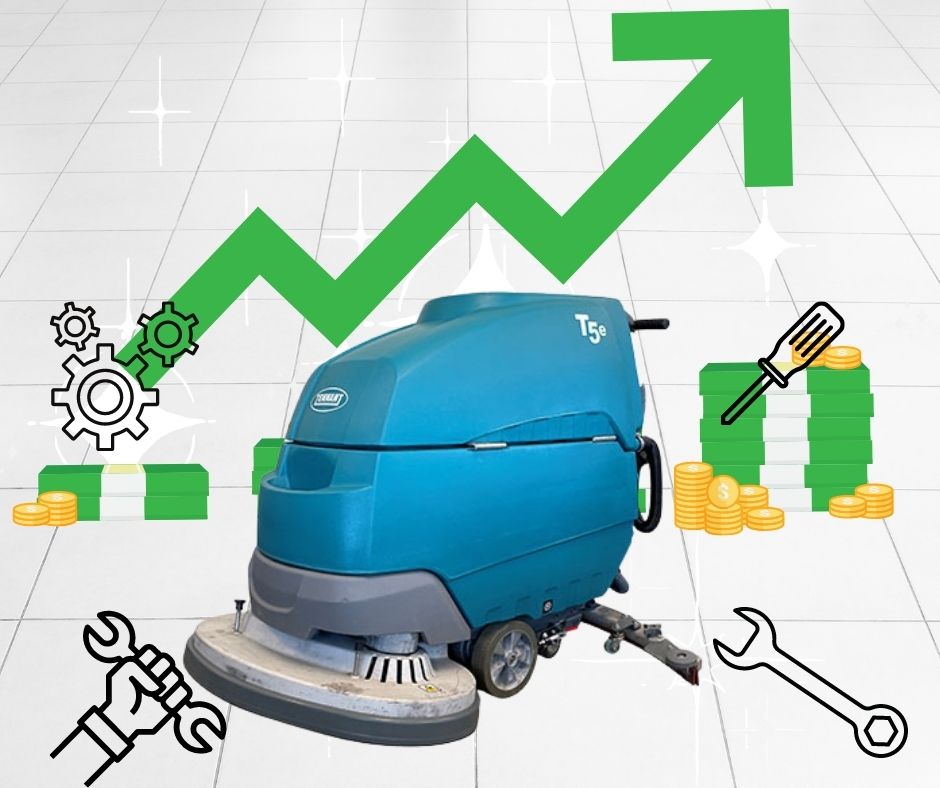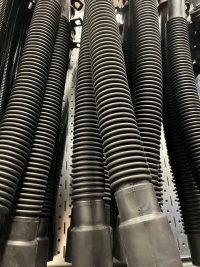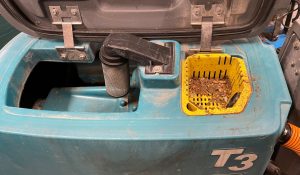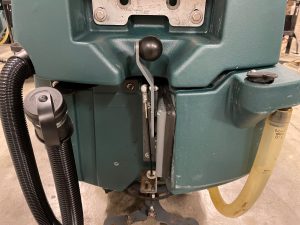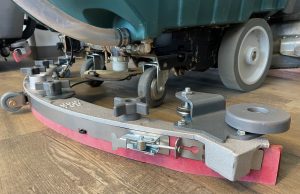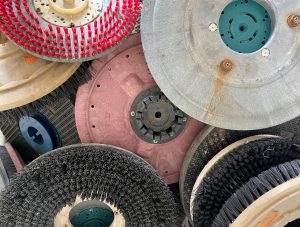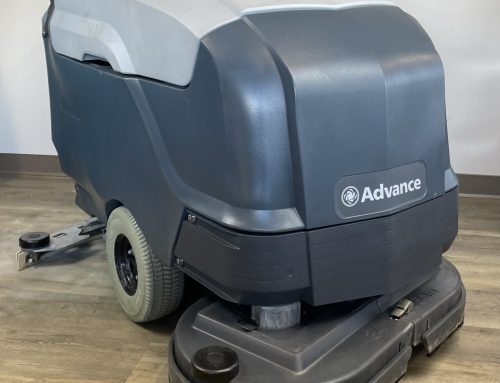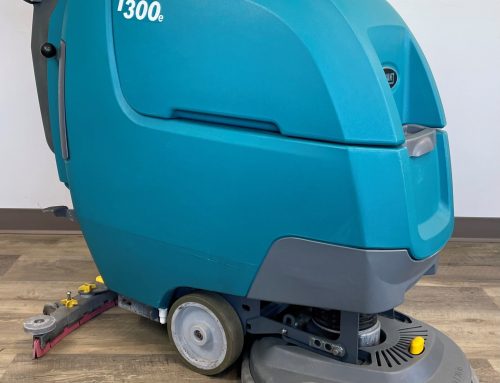Why is this important?
Floor cleaning machines can be a large investment for any business! How can you extend the life of your newly purchased machine and achieve a better return on your investment?
Simple routine maintenance is essential to prolonging the life of your machine. It reduces service and repair costs, eliminates downtime, and keeps your machine running at peak performance longer!
Keep reading for tried-and-true tips to get the most life out of your investment.
Batteries
Batteries are expensive to replace, so keep them running longer by checking them regularly. The four most common batteries are: wet flooded, gel, AGM, or lithium. Each of these will have their own specific maintenance requirements, so it is important to know which type of battery is in your machine and familiarize with the instructions for that type. However, below is maintenance protocol that is universal to each battery type and should be performed before each use:
Many auto scrubbers are equipped with on-board charging systems. This allows the machine to be charged at any 120-volt outlet. TIP: the machine cannot be plugged into an on-board charger while running.
Debris Tray
Most floor scrubbers are equipped with a debris tray. It captures items that may have been missed when sweeping the floor, such as food wrappers. This should be emptied after every use, but you also want to check to make sure this tray is empty prior to using the machine as leftover items can cause the tray to get clogged or overflow while in operation.
Solution & Recovery Tanks
Make sure both tanks are drained and thoroughly rinsed after every use!
Chemicals left in the solution tank too long become ineffectove, plus they can congeal and block solution and water flow.
Dirty water and chemicals left in the recovery tank can cause a sludge to form in the bottom of the tank. If that dries, it can be very difficult to remove. It can also cause a stubborn odor that will not go away even after the tank is cleaned.
After the tanks have been rinsed clean, you will want to store the tanks with the lids open. This allows proper air circulation so that they can dry. Otherwise, mold, mildew, and seriously unpleasant odors may develop.
Squeegee Assembly
Squeegee assemblies are an expensive part to replace, but they can easily be protected by maintaining them properly.
Prevent corrosion by quickly rinsing and wiping the squeegee assembly after each use.
Extend the life of the squeegee blade by wiping the blades down after each use. Inspect it for wear and tears. An unclean or worn squeegee blade can create unsightly floor streaks during its next use. If you notice a blade becoming worn, simply flip it over. Once all four side of the blade have been worn, replace the blade. It also helps to store the squeegee in the raised position to protect the blade from damage.
Floor Pad or Brush
To extend the life of your pad or brush, thoroughly wash them after each use. This will remove any dirt or grime that could have become ingrained in the bristles or fibers of the pad. This ensures that the machine will perform well on the next cleaning job, and it also reduces the chance of cross-contamination between areas or facilities.
It’s also best practice to remove the pad or brush from the machine for storage between jobs. You should not store the brush or pad on the floor.
A pad with excessive wear or tears should be replaced for the machine to perform well on its next job.
Prepare Floors Prior to Scrubbing
Not to be overlooked is what happens before you even turn your auto scrubber on. According to Tennant, a recognized leader in the cleaning industry: “One of the biggest keys to maximizing the efficiency and performance of your floor scrubber is making sure you are correctly preparing your floors for scrubbing.”
In its blog article entitled “5 steps to Prepare Floors for Scrubbing”, Tennant recommends the following “simple best practices” before operating your floor scrubbing machine:
By following these recommendations, you’ll extend the life of your machine, eliminate wasted downtime, reduce expensive service and repair costs, and achieve the best return on your investment!


